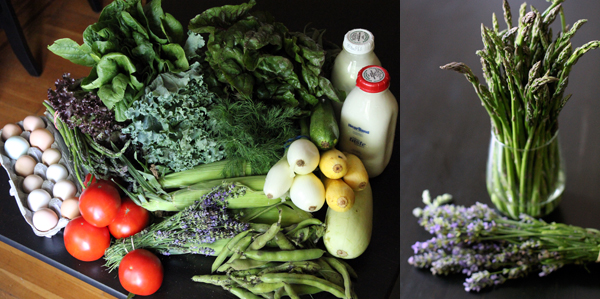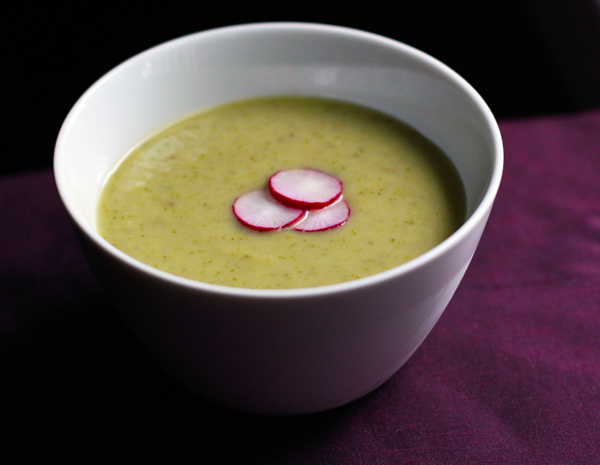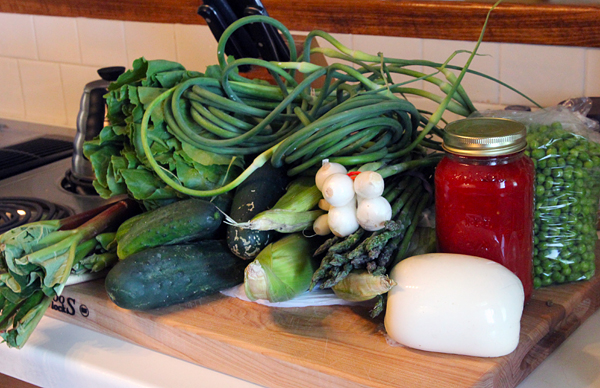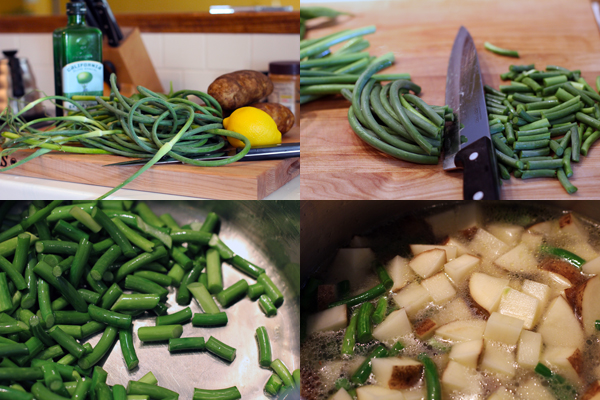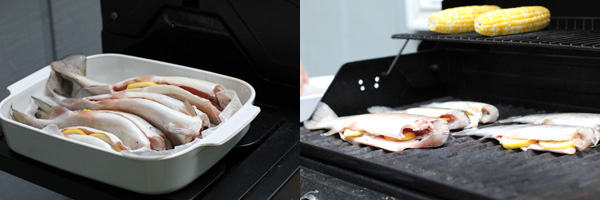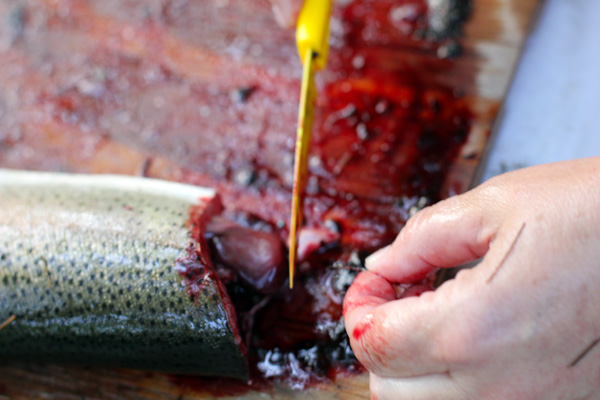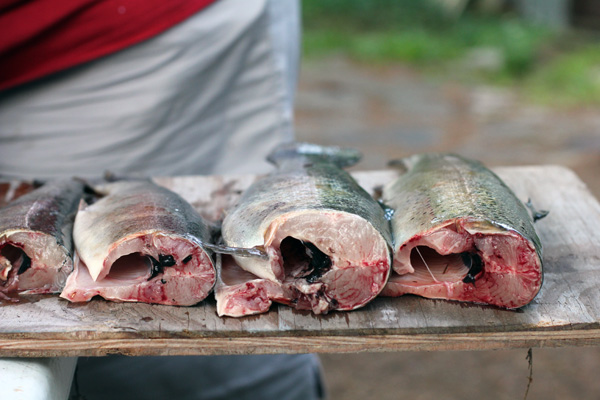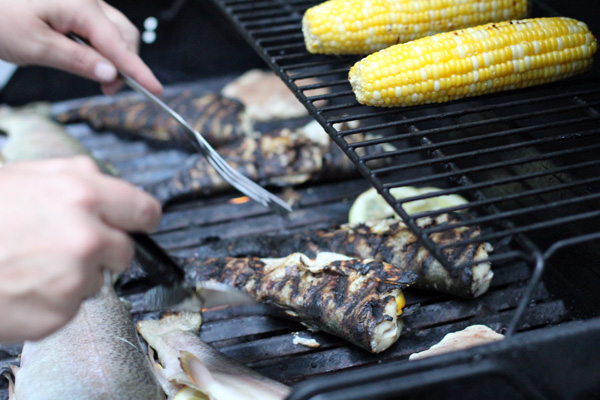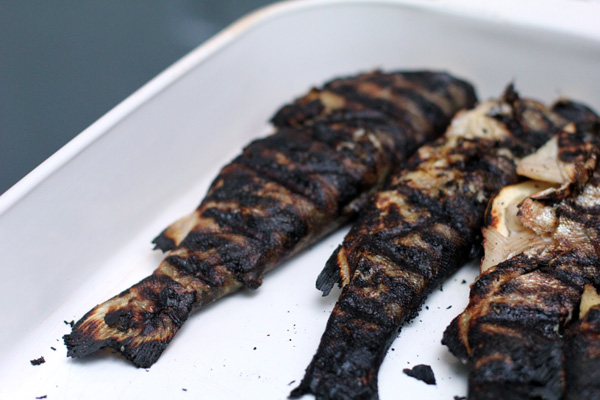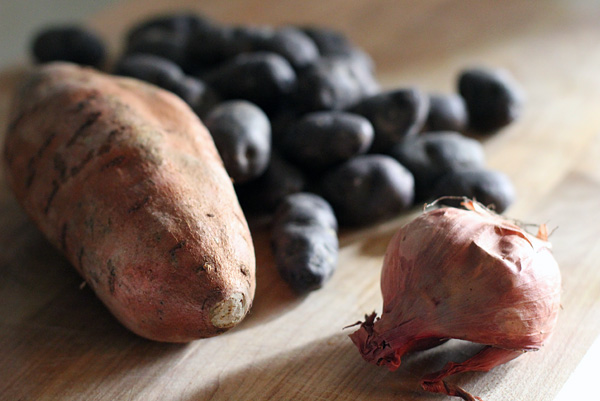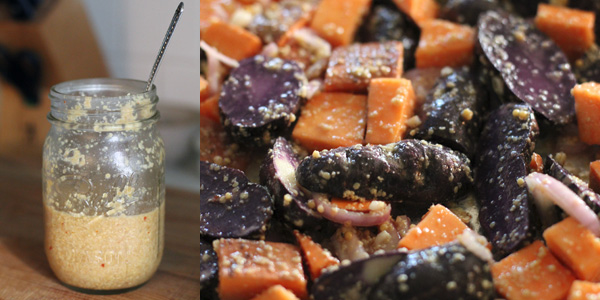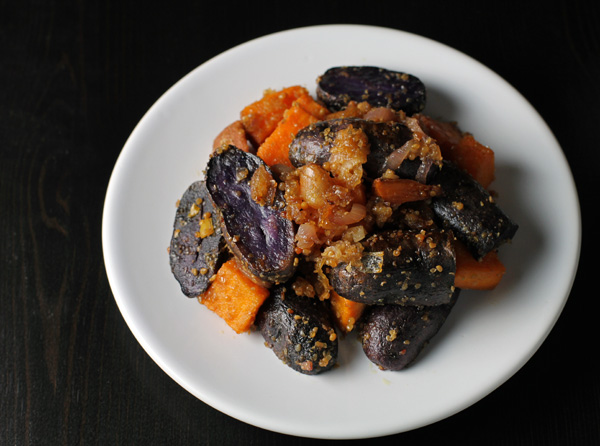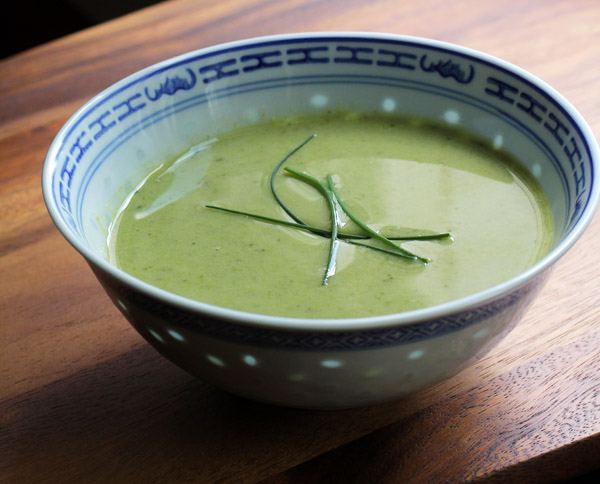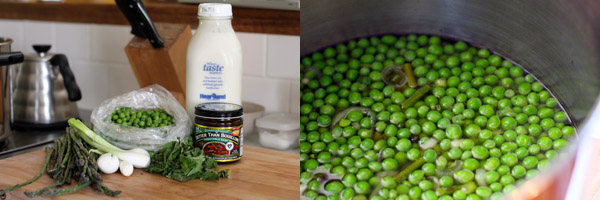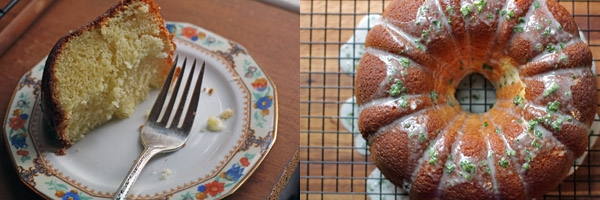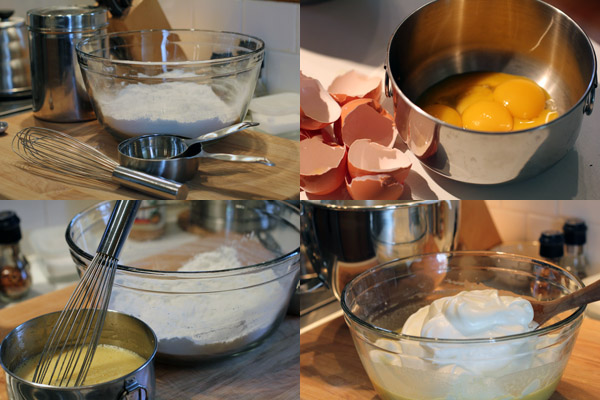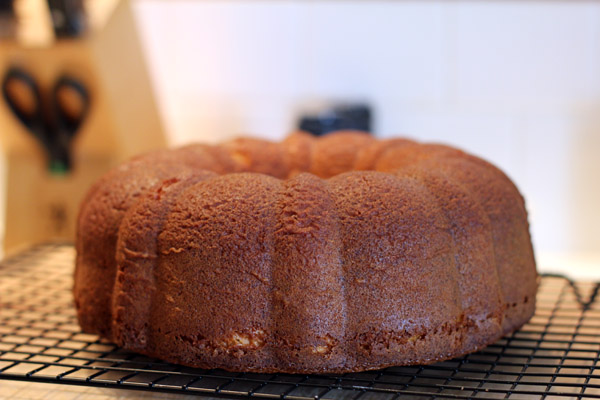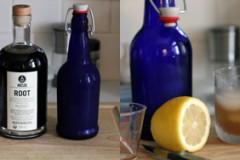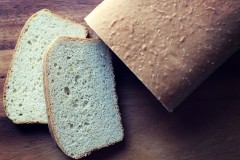This week’s farmers market/CSA haul is smaller than it might first appear, I suspect, piled, as it is, with leafy greens of all shapes and types. Regardless of its feeding power, however, it was definitely not going to all fit in the ‘fridge in its current state. Measures had to be taken.
Kale and I are historically wary kitchenfellows. I like it, but I don’t like the aerobic workout that chewing it usually involves, even when massaged with salt for raw salads (though I am impressed that leftovers will hold up for days that way). I was set to show it who was boss and pulverize the kale down into a pesto again this week, but then I caught this recipe for a vegan kale gratin that actually wasn’t playing a false game of “Look mom, I’m eating my vegetables!” by drowning everything in cheese sauce. I did make a traditional cup of béchamel sauce, but stuck with the suggestion for the nutritional yeast topping. And amazingly, when it was sauteed and baked, I had managed to get all that kale into a 9×13 Pyrex baking dish.
Healthy Kale Gratin
Based on the vegan recipe by Rosewater and Thyme
2 T olive oil
1-2 bunches kale, rinsed, deribbed, and chopped (my CSA bunch was very large–probably about 8 packed cups even after chopping)
2 large spring onions, chopped, including light green part
2 garlic cloves, minced
1 cup béchamel sauce (your favorite recipe, or see below)
1/2 cup whole wheat bread crumbs
1 T nutritional yeast
Pre-heat oven to 400F and butter a 9×13 baking dish.
Heat olive oil in a deep saute pan and cook onions and garlic until softened. Add kale. Cover with a lid and cook until wilted, stirring every couple minutes. When kale is ready, add béchamel sauce to the pan and stir until all vegetables are evenly coated. Transfer this mixture to the prepared baking dish and evenly distribute. Top with bread crumbs and nutritional yeast, and bake until top is lightly browned and kale bubbling, about 18 minutes.
Béchamel Sauce
1 T butter
1T cornstarch
1 cup whole milk
salt and pepper to taste
couple scratches fresh nutmeg
Melt butter in a sauce pan and whisk in cornstarch. Gradually add milk in several portions and bring to a simmer, whisking continuously. Cook gently, reducing heat as needed, until thickened. Remove from heat and reserve.
Tomato, Fava Bean, and Spring Onion Pizza
This week’s shopping also included a new-to-me find: fava beans. If I had known about the labor-intensive processing required before they could be consumed, I might have skipped this purchase (or purchased more than just the scant quart box, which reduced to a mere half-cup of beans), but in the end this was probably the most manageable introduction. Once I had peeled them out of their pods and blanched them out of their exterior jackets, I suspected that my paltry net pile could be applied to little more than salad sprinkling. But I was already making dough (more on that later this week) and I was stocked with tomatoes and chopped spring onion greens (from the kale dish above), and suddenly pizza seemed like a great idea. Was there cheese in the house? There was cheese. We were all systems go.
Some notes when making pizza with fresh tomatoes that will allow you to avoid a soaked crust. 1) As early in the process as you can, slice and drain the tomatoes well (go ahead and give them a gentle squeeze over the sink) and then lay them out on a few layers of paper towels. Blot the tops with a few more. Leave them that way until ready to top your pie. 2) Pre-bake your shell for 8 minutes in a very hot oven (450F) before adding your toppings–on a pizza stone if you have one, or some unglazed clay tiles from Home Depot. Set the dough on a piece of parchment to make moving it around a snap (no sticking and safe to touch when hot), and use the back of a cookie sheet as a makeshift pizza peel. 3) Be conservative in the amount of topping (but not the type!). Return to oven and bake until crust has browned and cheese is bubbling and golden.
With a few grinds of red pepper flakes, this was a lovely and light use of fresh spring ingredients. There was no one but me home to enjoy it. #plusandminus

